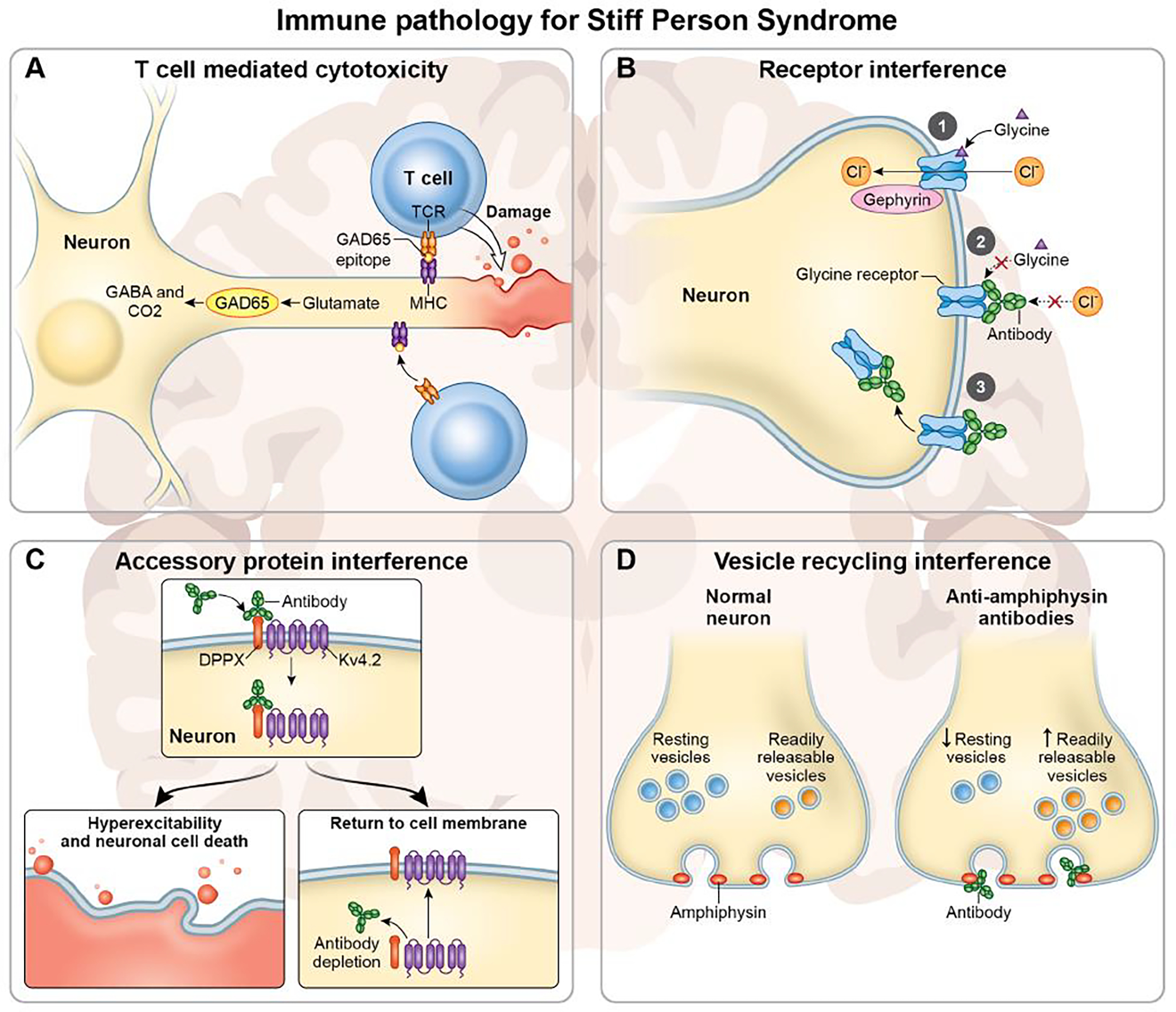Figure 1. Potential mechanisms of immunopathology in Stiff Person Syndrome Spectrum Disorders.

(A) T cell mediated cytotoxicity. GAD65 expressing neurons synthesize the neurotransmitter GABA from glutamate. GAD65 epitopes are processed and presented in MHC molecules which are recognized by autoreactive T cells. T cells that recognized GAD65 epitopes can initiate cytotoxic immune responses including the release of perforin and granzyme B. (B) Receptors are impaired by antibody binding. 1) The normal function of glycine receptors. Upon binding by glycine, glycine receptors open and allow for chloride ions to flow through into the cell. 2) Antibody mediated inhibition of receptor functioning. Antibodies to the glycine receptor may cause the channel to remain closed despite the presence of glycine. 3) Antibody mediated internalization of receptors. Upon antibody binding, glycine receptors are internalized by the cell thereby limiting the number of active and available receptors for glycine binding and ion flux. (C) Antibodies to accessory proteins can also result in channel internalization. DPPX and Kv4.2 are both expressed on neuronal membranes. Antibodies specific to DPPX initiate internalization of both DPPX and KV4.2 (top), resulting in hyperexcitability, and potentially death, of the neuron (bottom left). Both DPPX and Kv4.2 can re-establish on the membrane surface upon antibody removal (bottom right). (D) Antibodies can interfere with vesicle recycling and neuronal signaling. Amphiphysin is an important regulator of clathrin-coated synaptic vesicles. In a healthy neuron (left) there is continuous recycling of vesicles. Antibodies to amphiphysin are internalized and interfere with vesicle recycling (right). This results in an accumulation of readily releasable vesicles (yellow) and a decrease in resting vesicles (blue), resulting in impairments of neuronal signaling.
